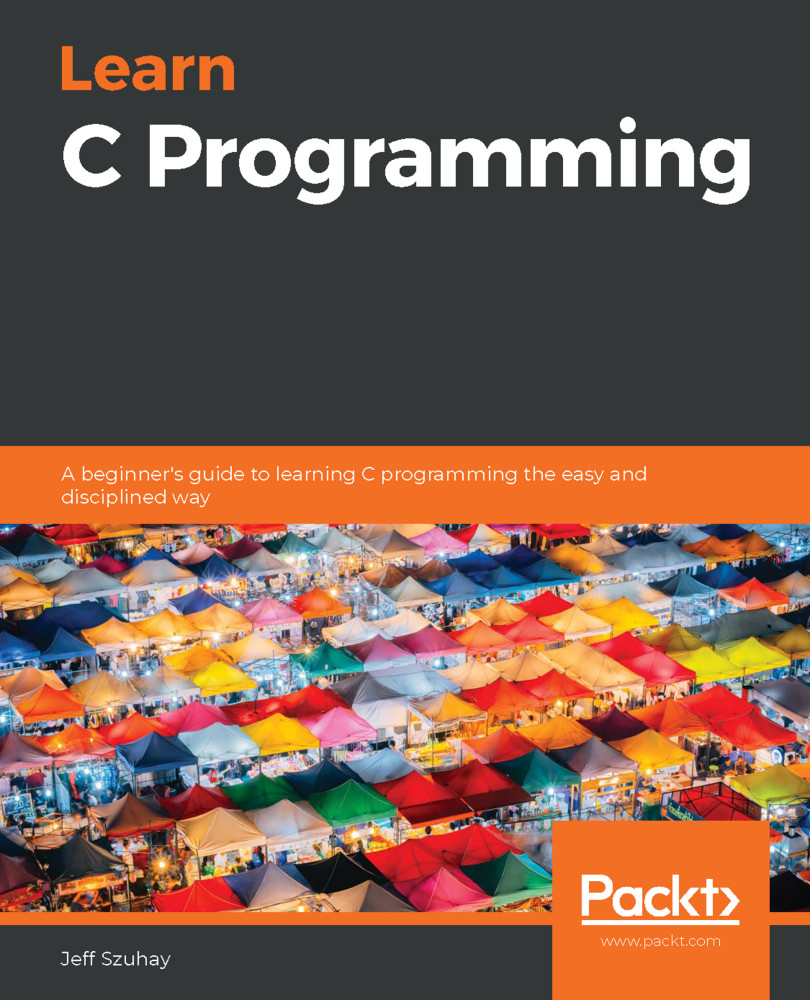A string is an array of characters with one special property. This special property is that the element after the last character of the C string must itself be a special character—theNULcharacter. NUL has a value of 0. This character indicates the end of the string.
To implement a string, we extend the concept of an array to be a specially formatted array of characters; an array with an extra terminating NUL character. The terminating character is sometimes called a sentinel. This is a character or condition that signals the end of a group of items. The NUL character will be used as a sentinel when we loop through string elements; the sentinel will indicate that we have encountered every element of the string. Because of this, we must be careful to ensure that each string ends with NUL.
Where we use 'x' (single quotes) to indicate a single character, we use "Hello" (double quotes) to indicate a string literal...



